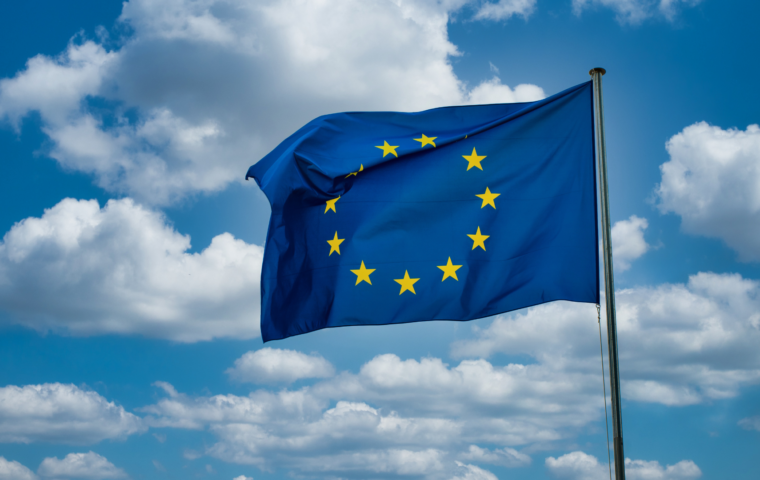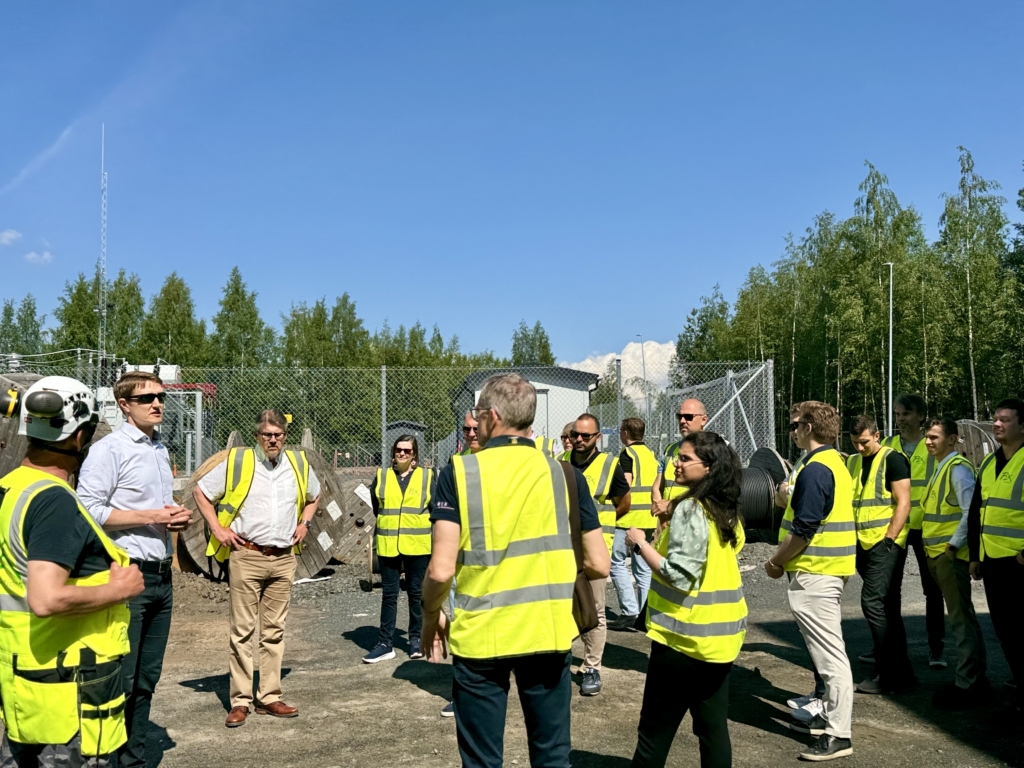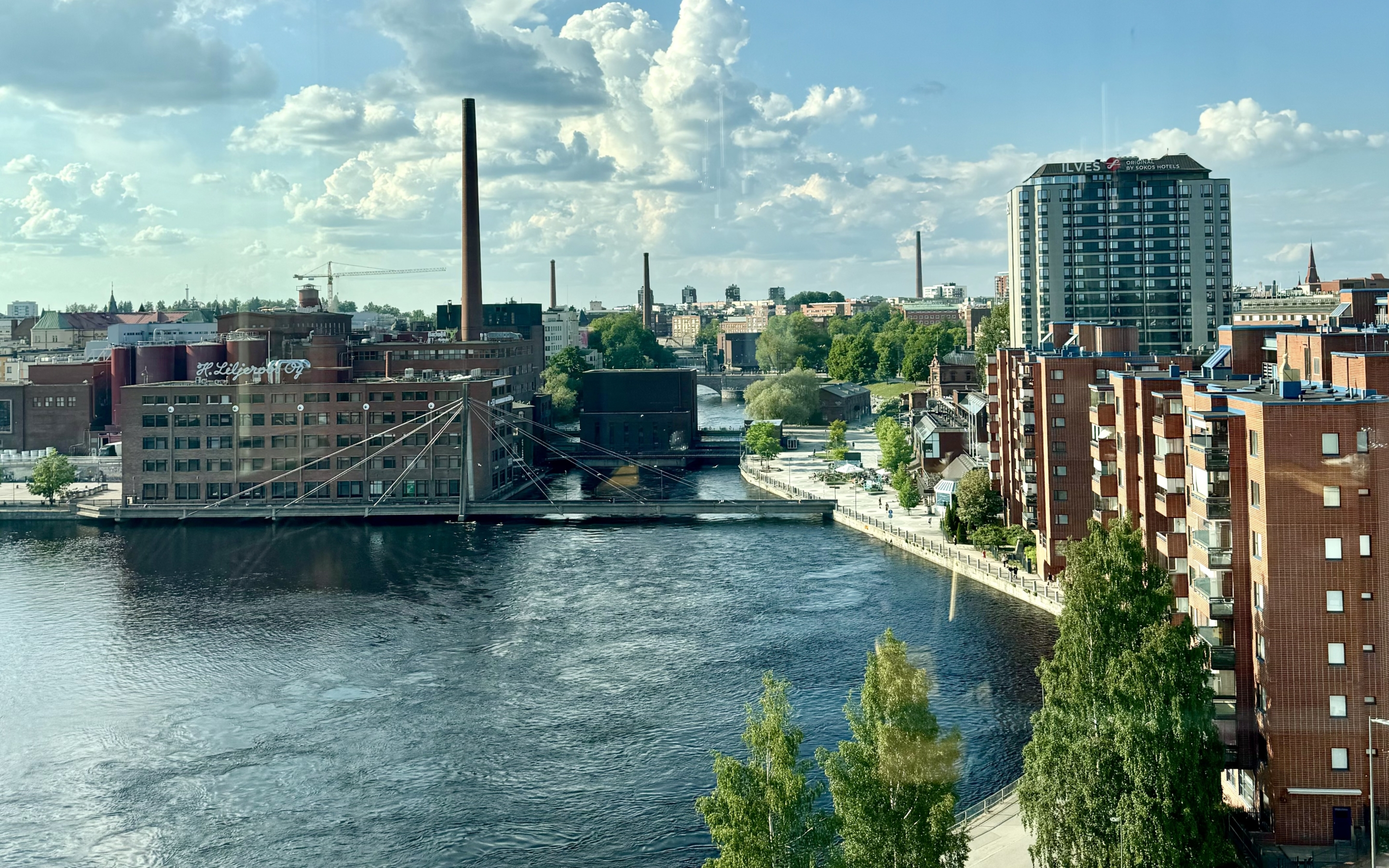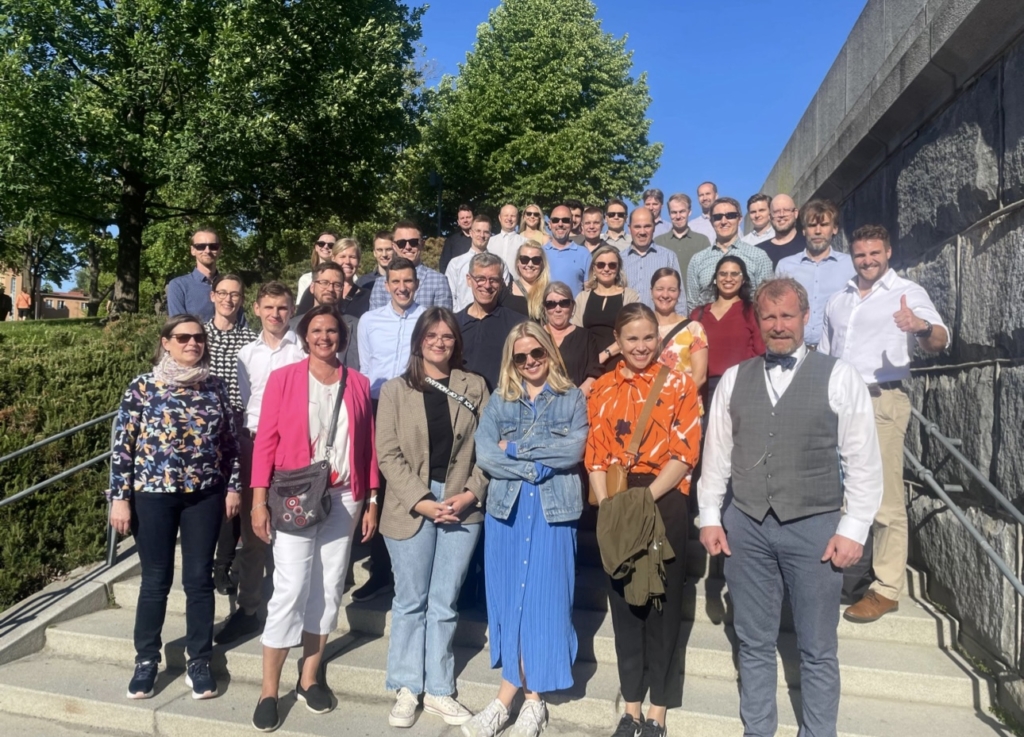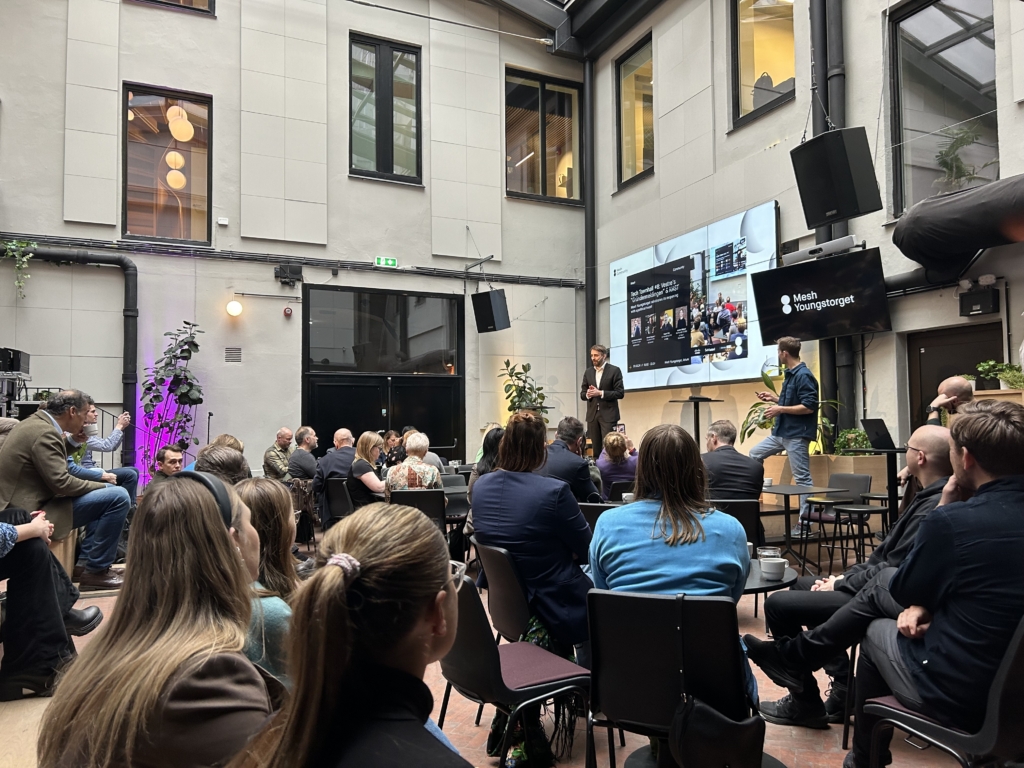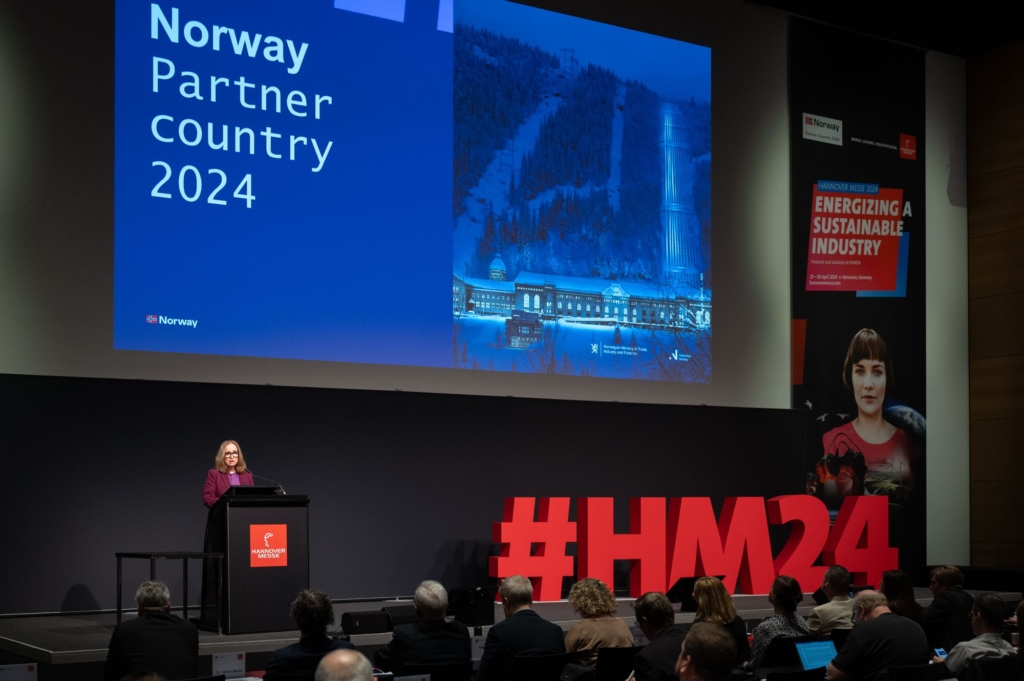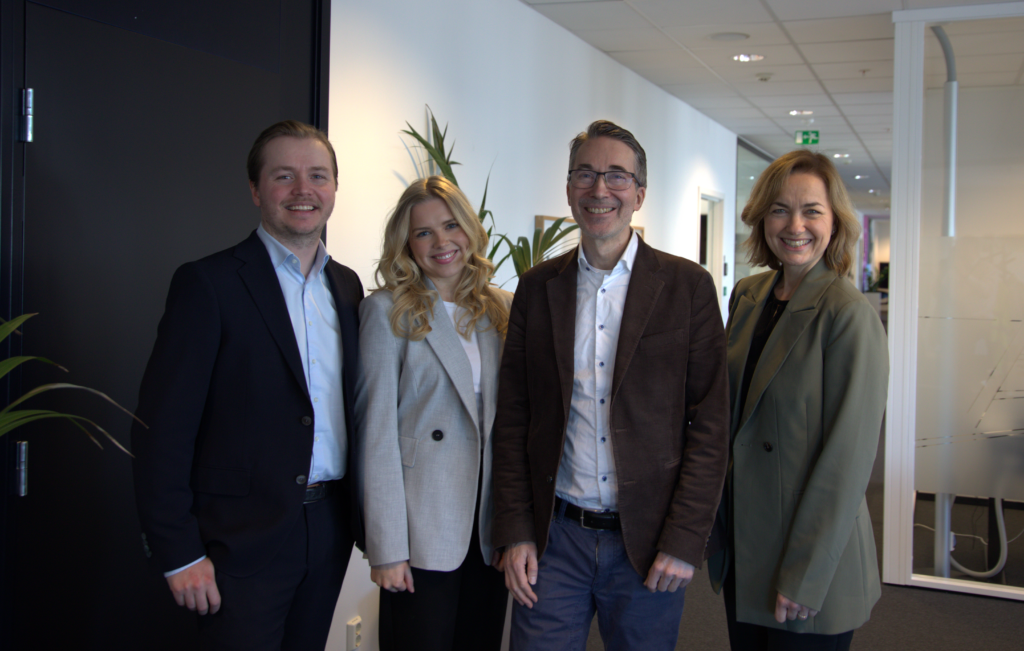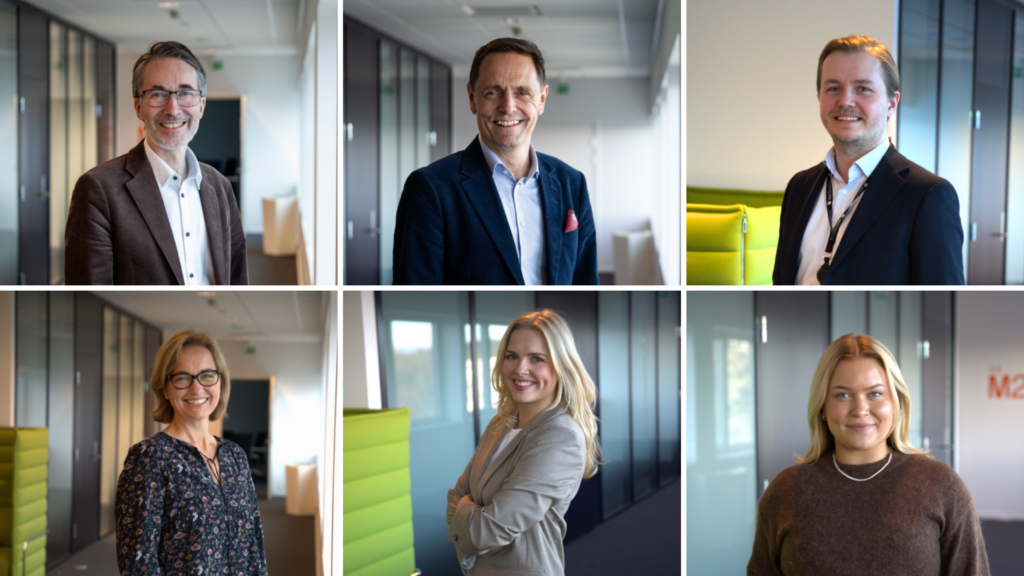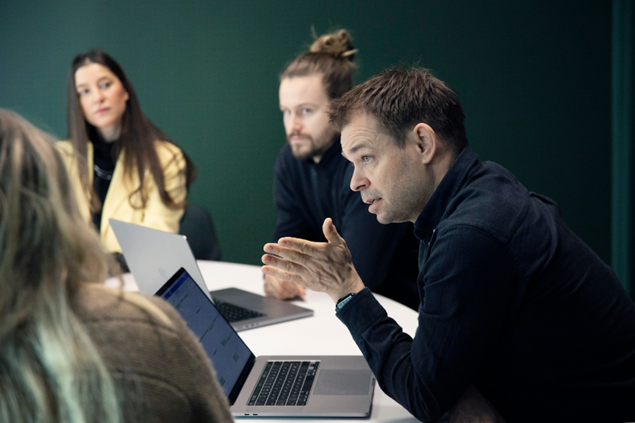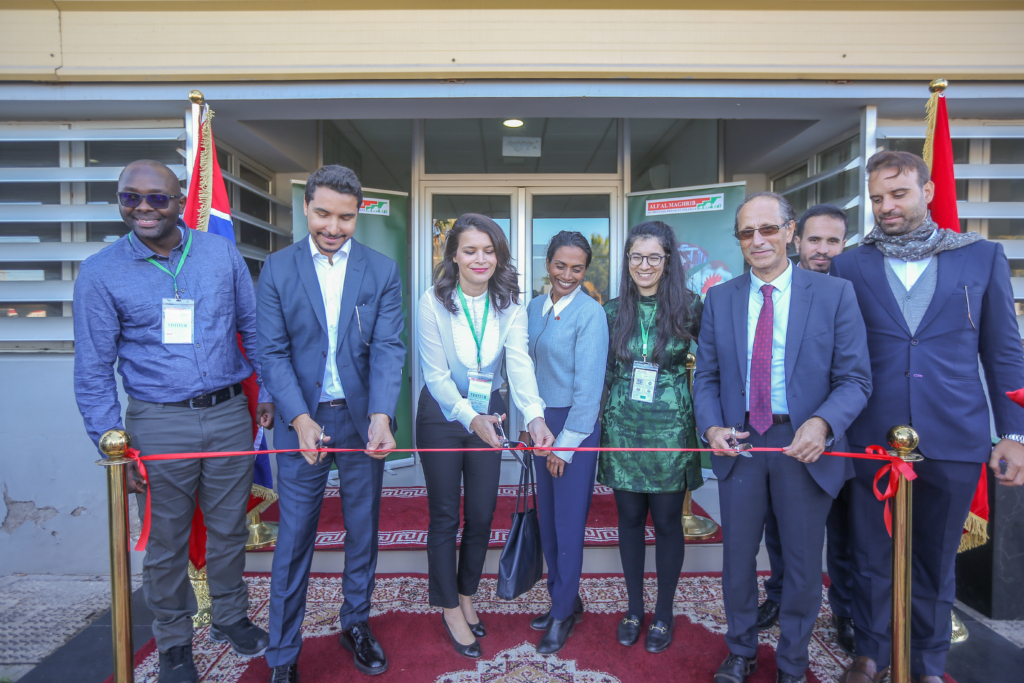Eldor joins Energy Valley member Init, expanding the group’s offerings to the energy sector

With the acquisition of Norwegian Eldor, Init strengthens its offerings to the energy industry and at the same time expands its European presence with locations in Stavanger, Norway and Aberdeen, UK.
As of 4th July 2024, Eldor has signed to join Init as part of Init Norway AS. Init was established in January 2022 with the merger of Danish Picca and PD-Automation. The group already comprises former Acobia (now Init Sweden), former Nebb (now Init Norway) and former Danish companies Logimatic, AN Group, Inuatek, 3Tech Automation, MBB Consult, Daniit and FH Software (now Init Denmark). Moreover, ProjectBinder (DK), Martensson Consulting (SE), Industriprojektbyrån Engineering (SE), Automation Lab (DK) and Zatea (DK) are part of the group, still operating under these names.
Eldor has delivered system engineering in the oil and gas market since 2006. In particular, the company has extensive experience in control and safety systems, telecommunications & Industrial IT, remote operations, and process optimisation & change management. Eldor’s customers base is centred around the North Sea.
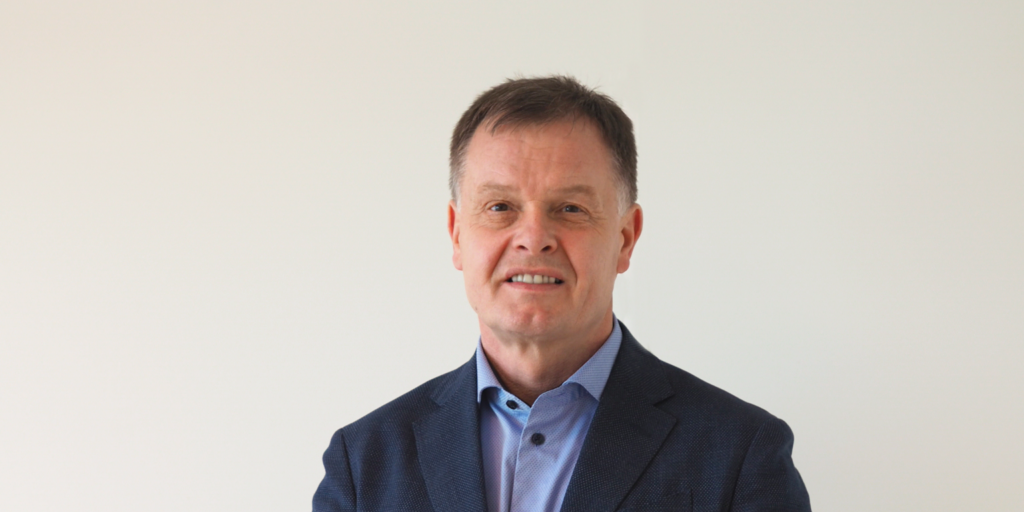
“We are excited to join Init. This marks a significant milestone for Eldor, allowing us to leverage Init’s extensive network and resources to enhance our service offerings to existing customers, and reach a broader market. Our combined expertise will undoubtedly bring new
and innovative solutions to the energy sector,” says Børge Richard Kolstad, CEO of Eldor Holding.
Eldor maintains its current activities, including work and project approaches, and the current management of the company continues. With Eldor’s entry into the group, Init now has approx. 690 employees spread across locations in Denmark, Sweden, Norway, North Macedonia, Serbia, Spain, Ireland and the United Kingdom.
“Eldor brings a wealth of experience and specialized knowledge in control and safety systems, which complements our existing capabilities perfectly. We look forward to collaborating closely with Eldor’s talented team to drive innovation and deliver exceptional value to our customers in the energy sector. We are proud to have them onboard,” says Alexander Risøy, CEO of Init Norway.
This press release is published as received from Init.
